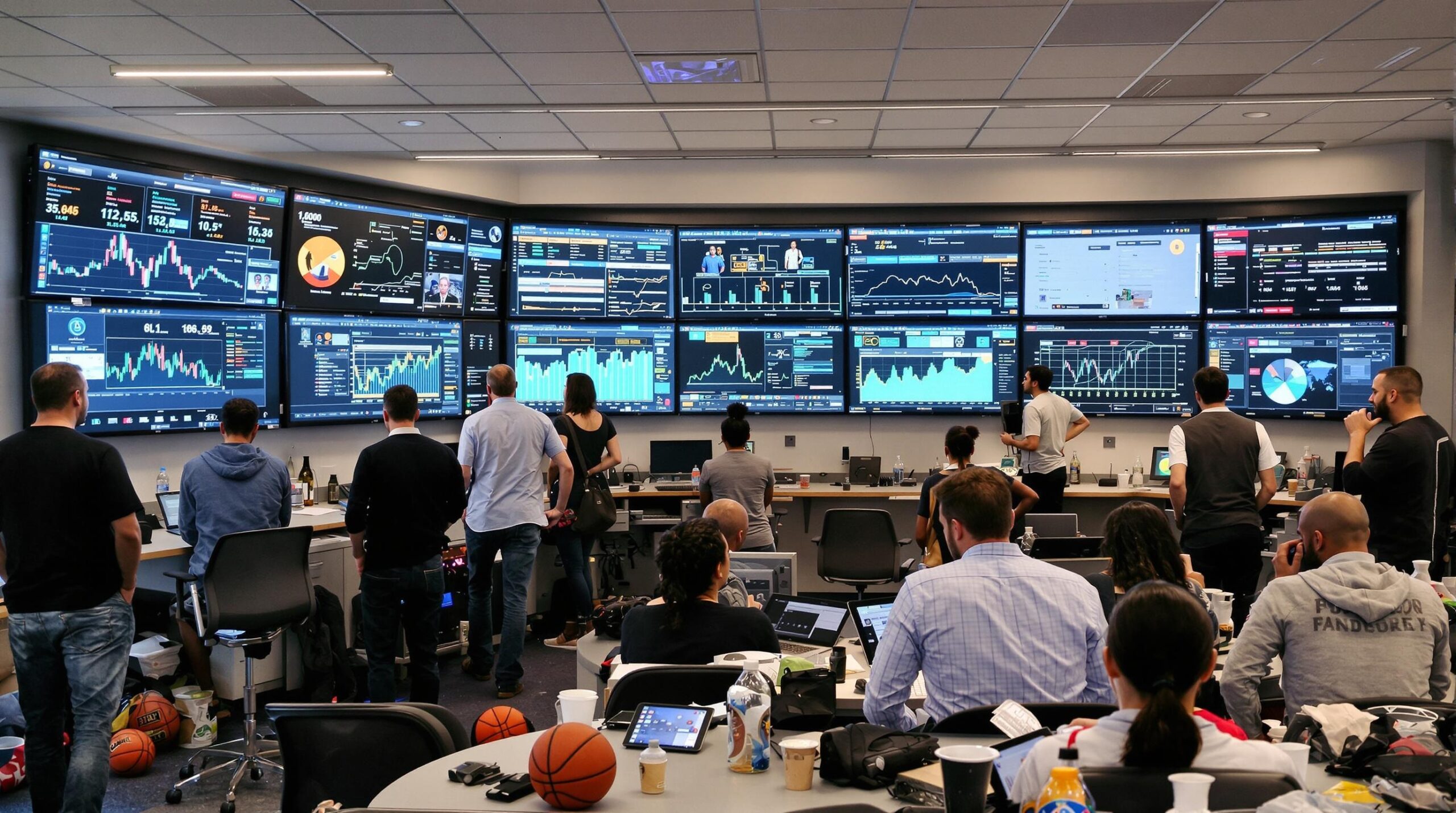Artificial Intelligence has revolutionized the world of professional sports, bringing data-driven insights to the forefront of strategic decisions. Coaches, athletes, and organizations now use AI tools to gain competitive advantages. The infusion of machine learning, big data, and advanced algorithms is transforming how games are played, managed, and enjoyed by fans. As technology advances, its influence on sports analytics grows deeper and more robust every season.
Enhancing Player Performance and Development
AI enables teams to track detailed performance metrics for every athlete. Wearable sensors collect real-time information on speed, heart rate, and movement patterns. Analyzing this data helps coaches understand an athlete’s strengths and identify areas for improvement. AI also compares an individual’s metrics to large datasets of players, revealing subtle inefficiencies. Training programs become personalized, based on precise, data-driven recommendations rather than guesswork or intuition.
For example, basketball teams use AI-powered video analysis to track shot accuracy, foot placement, and fatigue levels. Soccer clubs analyze running patterns, passing accuracy, and spatial coverage. These insights support targeted coaching, informed by both historical trends and live-game developments. The result is faster skill acquisition and improved injury prevention. Professional teams invest heavily in AI tools to maximize their athletes’ potential and endurance.
Transforming Game Strategy and Tactics
Teams leverage AI to dissect opposing strategies and predict game outcomes. Advanced algorithms examine thousands of previous matches and identify patterns that human analysts might overlook. Coaches receive real-time, AI-guided strategic advice during matches or games. These suggestions draw from vast troves of historical data blended with live feeds from ongoing play.
One significant leap is AI-driven simulation. Teams model different play scenarios and adjust formations or tactics accordingly. AI can suggest optimal substitutions at key moments, minimizing risk and optimizing performance for each matchup. This data-driven approach increases the likelihood of success and allows coaching staff to respond quickly to changing game dynamics. Tactics are no longer static; they evolve continuously, informed by AI’s relentless data crunching.
Revolutionizing Scouting and Recruitment
AI is streamlining the process of scouting new talent. Traditional scouting relied on word of mouth and subjective observation. Now, sophisticated computer vision algorithms comb through hours of game footage to assess emerging talent. These tools spot physical attributes, technical skills, and playing styles with objective precision.
Some organizations use AI to predict a prospect’s potential career trajectory. By analyzing variables like performance consistency, injury patterns, and adaptability, AI recommends promising candidates for recruitment. This has reduced human bias in the talent selection process and broadened clubs’ reach. Teams can now discover hidden gems in lesser-known leagues and regions. Overall, artificial intelligence brings unprecedented accuracy to the scouting and recruitment pipeline.
Improving Fan Engagement and Experience
Fans experience a new era of engagement thanks to AI-powered tools. Interactive apps deliver personalized content, recommendations, and detailed stats during live matches. Chatbots answer questions, while virtual assistants help with ticket sales, merchandise, or score updates. AI-driven camera systems generate instant highlights and relevant player stats tailored to individual preferences.
Augmented reality, supported by AI, enables fans at home to view immersive game overlays or analyze player statistics in real-time. This level of interactivity fosters deeper connections between fans and teams, driving loyalty and excitement. For leagues and franchises, increasing fan engagement translates directly into higher revenue streams from sponsorships, broadcasting, and merchandising.
Enhancing Player Health and Injury Prevention
Player health has become a central focus for professional sports organizations. AI-driven analytics identify patterns in an athlete’s workload, fatigue, and recovery process. Medical teams receive early warning signs of potential strain or injury, based on deviations in movement or biometrics.
Machine learning models can forecast the likelihood of specific injuries before they occur. With these predictions, teams tailor fitness programs and manage workloads. Proper interventions are delivered at the right time, increasing player longevity and career stability. Sports like football, which experience high injury rates, see significant benefits from AI’s preventive approach. Ultimately, fewer injuries mean better team performance and longer athlete careers.
Optimizing Team Logistics and Operations
AI smooths out many behind-the-scenes operations that keep sports teams competitive. Scheduling practices, games, and travel used to require endless manual coordination. Now, machine learning models optimize travel routes and rest periods to minimize fatigue. Sophisticated algorithms help teams maximize training efficiency within tight competition schedules.
Some teams use predictive maintenance on training equipment, ensuring resources work flawlessly throughout the season. Others incorporate AI for dietary recommendations and sleep optimization. The streamlined logistics reduce distractions and allow athletes and staff to focus on performance. Operational efficiency, powered by AI, has become a distinguishing feature among elite sports franchises.
Challenges and Ethical Considerations
The rapid adoption of AI in sports analytics raises concerns. Data privacy is a primary issue, as large amounts of personal information are collected daily. Teams must enforce strict protocols to protect athlete data from misuse or breaches. Bias in algorithms also remains a challenge, as poorly constructed models can reinforce existing prejudices rather than eliminate them.
Leagues and governing bodies work to develop policies that ensure AI enhances competition while respecting ethical boundaries. Transparent communication and athlete consent are priorities, especially as wearable technology evolves. With continued vigilance, sports organizations can harness the benefits of AI while minimizing risks.
The Road Ahead: AI’s Growing Role in Sports
Artificial intelligence will continue to evolve and shape every corner of the sports world. Innovations in computer vision, predictive modeling, and natural language processing promise even deeper insights for teams and fans. As data collection improves, AI models will become more accurate and more valuable for strategic planning.
The democratization of AI technology means even smaller teams can access sophisticated analytics tools once reserved for top-tier organizations. Collaboration between data scientists, coaches, and athletes ensures that AI remains a tool for empowerment rather than replacement. As the line between technology and sport blurs, the true winners will be those who blend human intuition with artificial intelligence.
Conclusion
AI has fundamentally transformed professional sports analytics, making competition smarter, safer, and more engaging. Teams that embrace these tools gain a crucial edge in training, strategy, and fan connection. As technology continues to advance, the partnership between sports and AI will shape the future of competition for generations to come.


